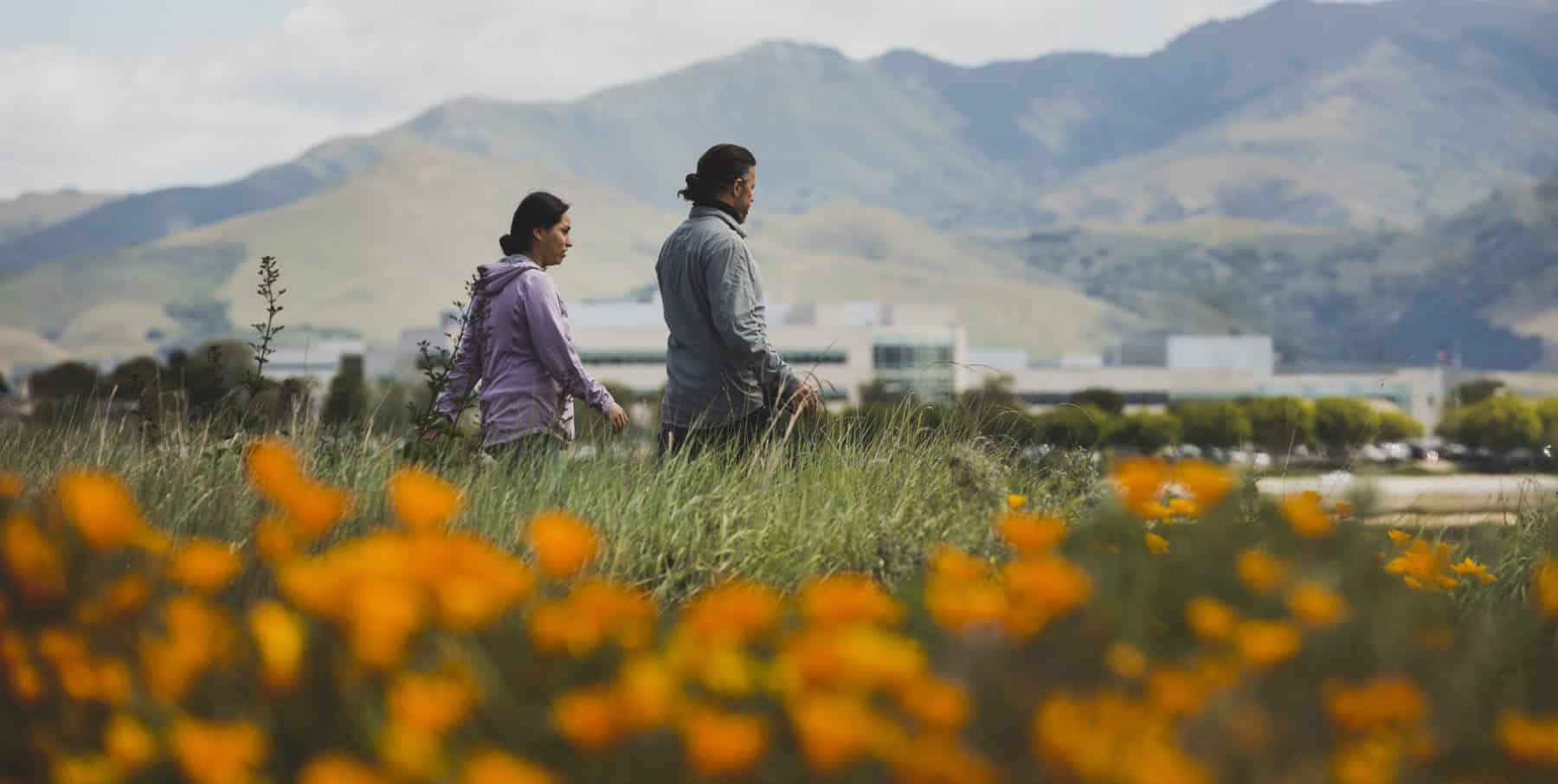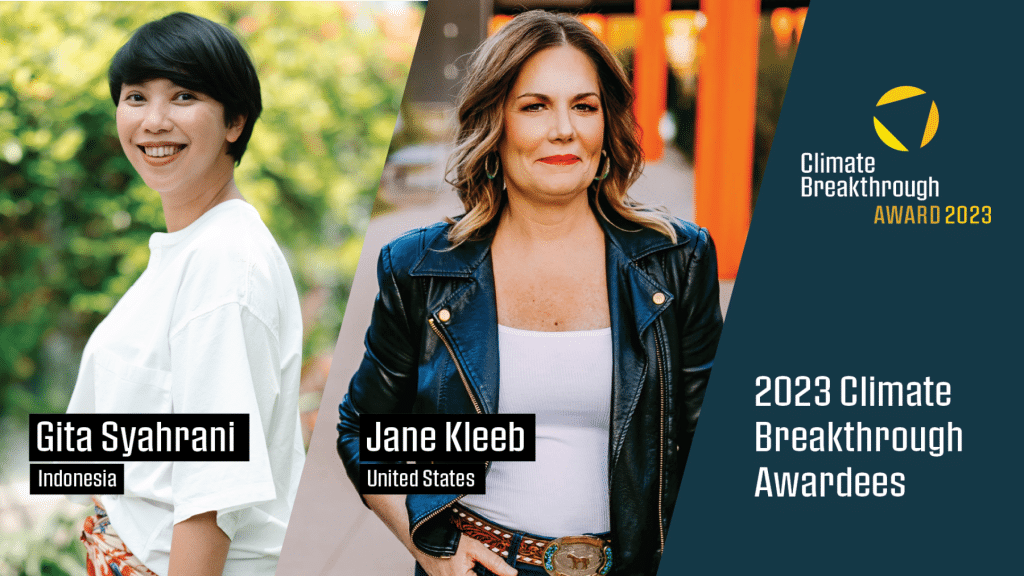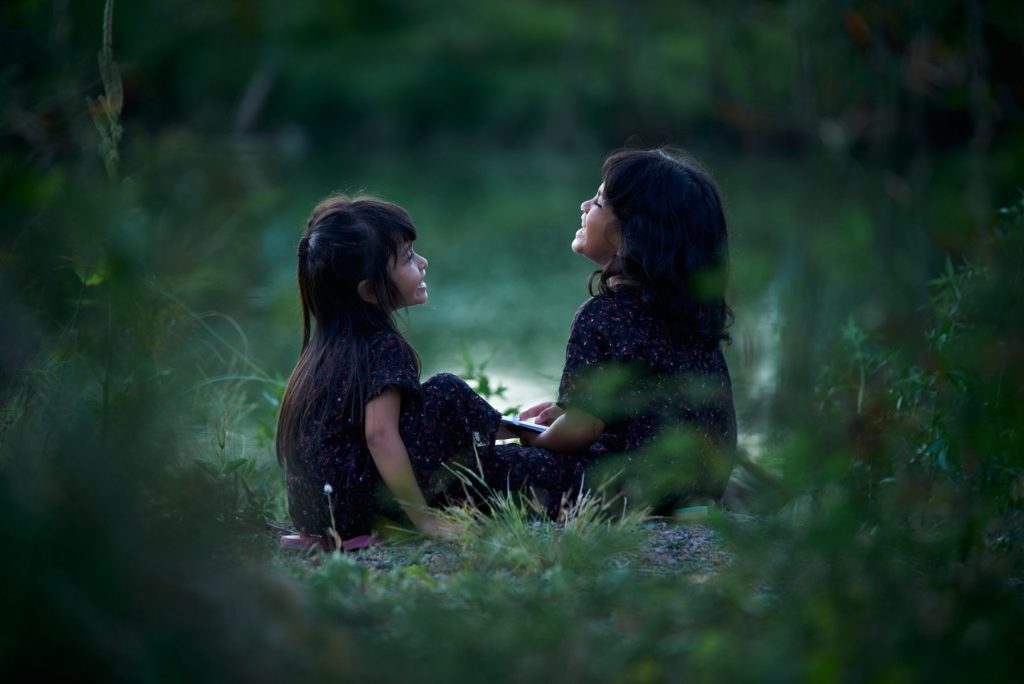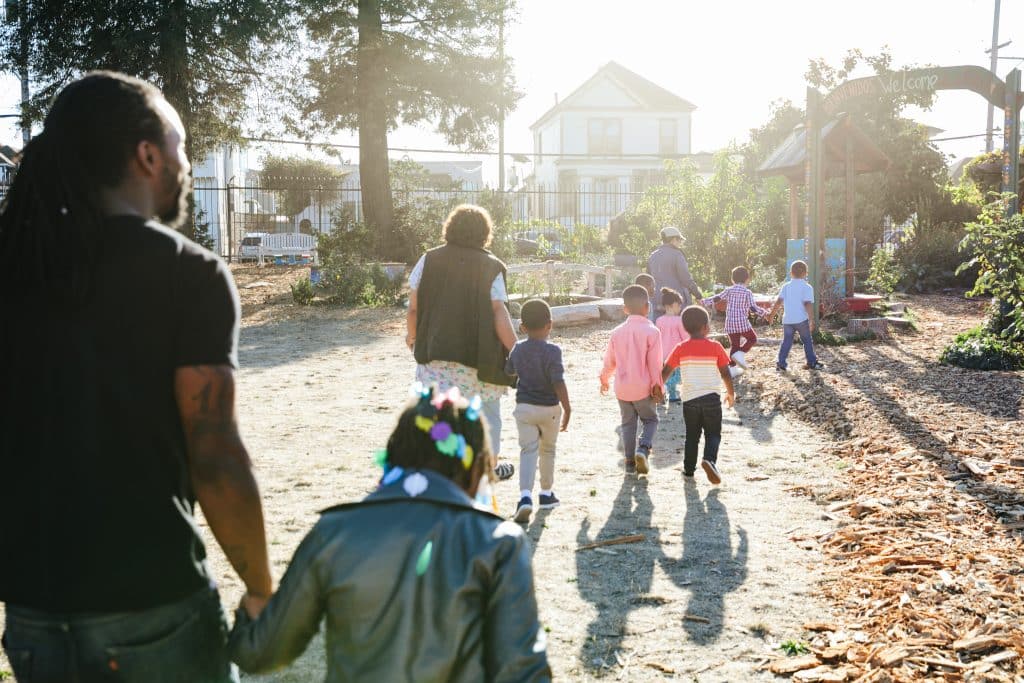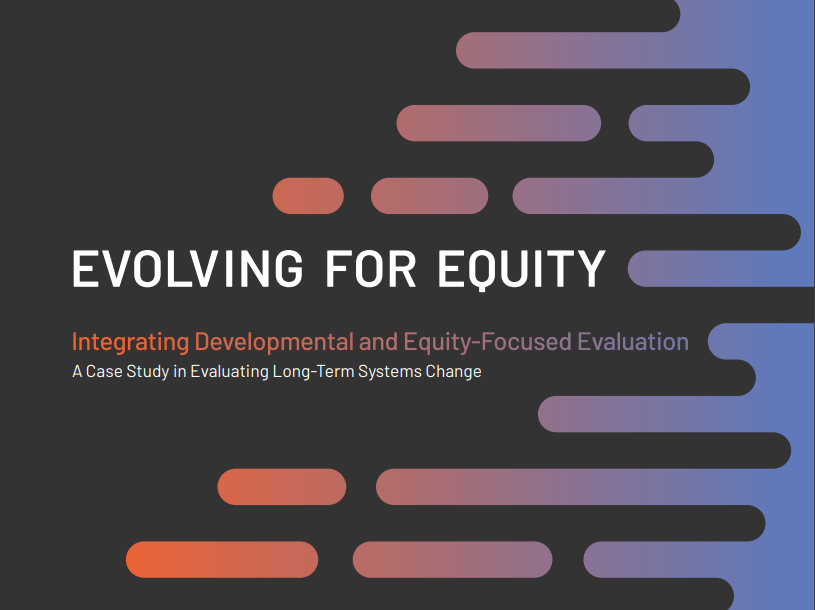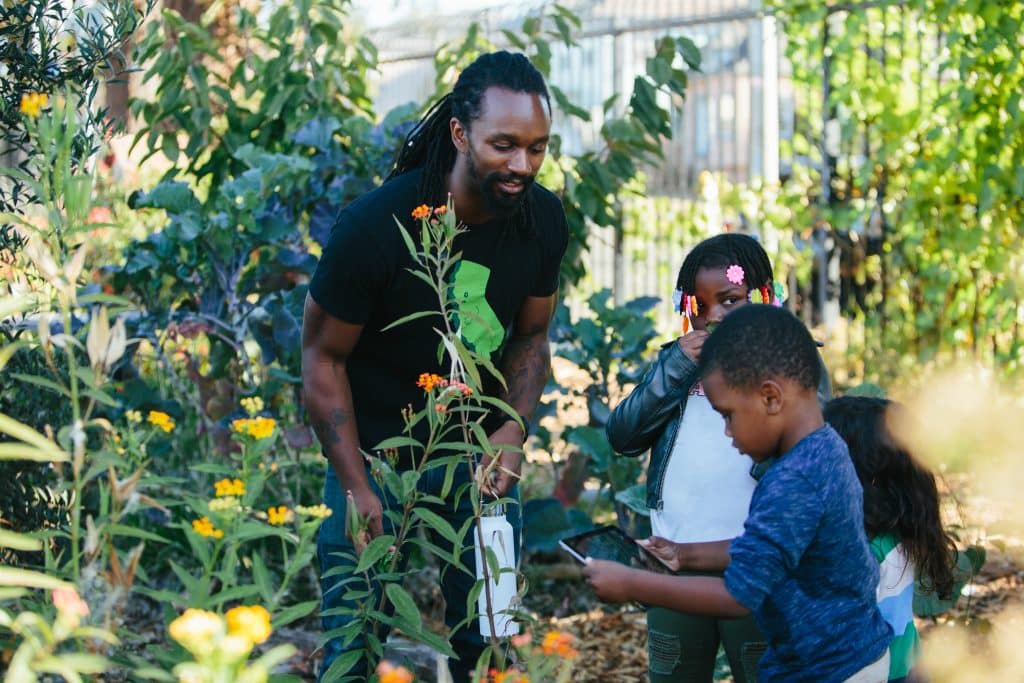Global leaders, scientists, and activists are gathering this week at COP28, the annual U.N. climate conference, against a backdrop of sobering news. A recent study underscores that we have less time than previously thought to limit the Earth’s warming to 1.5° Celsius, the consensus target for avoiding the most catastrophic impacts of climate change. I cannot overstate the urgency surrounding this convening in Dubai, where COP28 participants are assessing progress, identifying gaps, and determining the most effective paths forward.
Here at the David and Lucile Packard Foundation, we are also using this moment to reflect on our contributions to ending the climate crisis. Over the past 15 years, we have invested more than $1.1 billion in mitigation – reducing and preventing future greenhouse gas emissions – in the U.S. and around the world. We helped create momentum to lower emissions by joining with other philanthropic funders to build the field of climate philanthropy, for instance by co-creating the ClimateWorks Foundation. And we have supported a range of organizations and efforts dedicated to reducing the world’s reliance on fossil fuels, from the U.S. Energy Foundation to the Sunrise Movement.
Today, we know that mitigation works. Fifteen years ago, we were on course towards a temperature rise of up to 6° Celsius. Thanks to the efforts of so many, those projections have been reduced by more than half.
But we still have a long way to go to reach the 1.5° Celsius target, and our collective future is dependent on successfully mitigating climate change. If we don’t further reduce emissions, any progress we make towards our vision of a just and equitable world is at risk of being upended by climate shocks such as extreme weather, sea-level rise, and droughts. And even with the progress to date, people around the world are already facing threats on a scale from disruptive to existential, exacerbating existing inequities.
I spent most of my career working in global development, especially with communities deeply vulnerable to the twin shocks of climate change and conflict. As severe weather shocks – droughts, cyclones, floods – intensified over the last decade, these communities have grappled with repeated, staggering losses. My experience underscored for me the importance of focusing more attention and investment on helping communities build economic and social resilience before the onset of shocks.
Recognizing the high stakes, the Biden Administration recently laid out a vision for a climate-resilient nation in the first-ever National Climate Resilience Framework, which we welcome. Greater investment in the resilience of communities is the only way to lessen the impact of cycles of urgent climate-related disasters, each of which requires massive mobilization of resources and undermines social progress. Greater investment in resilience can unleash a community’s potential, bringing economic and social benefits as they adapt and innovate to become part of a greener future.
Today, at this pivotal moment, we have the urgent opportunity to bring a climate lens to community development work and a people-centered approach to mitigation work. It is increasingly important to consider how these traditionally separate efforts can be more powerful when more closely aligned.
Here’s how we’ve been thinking about it:
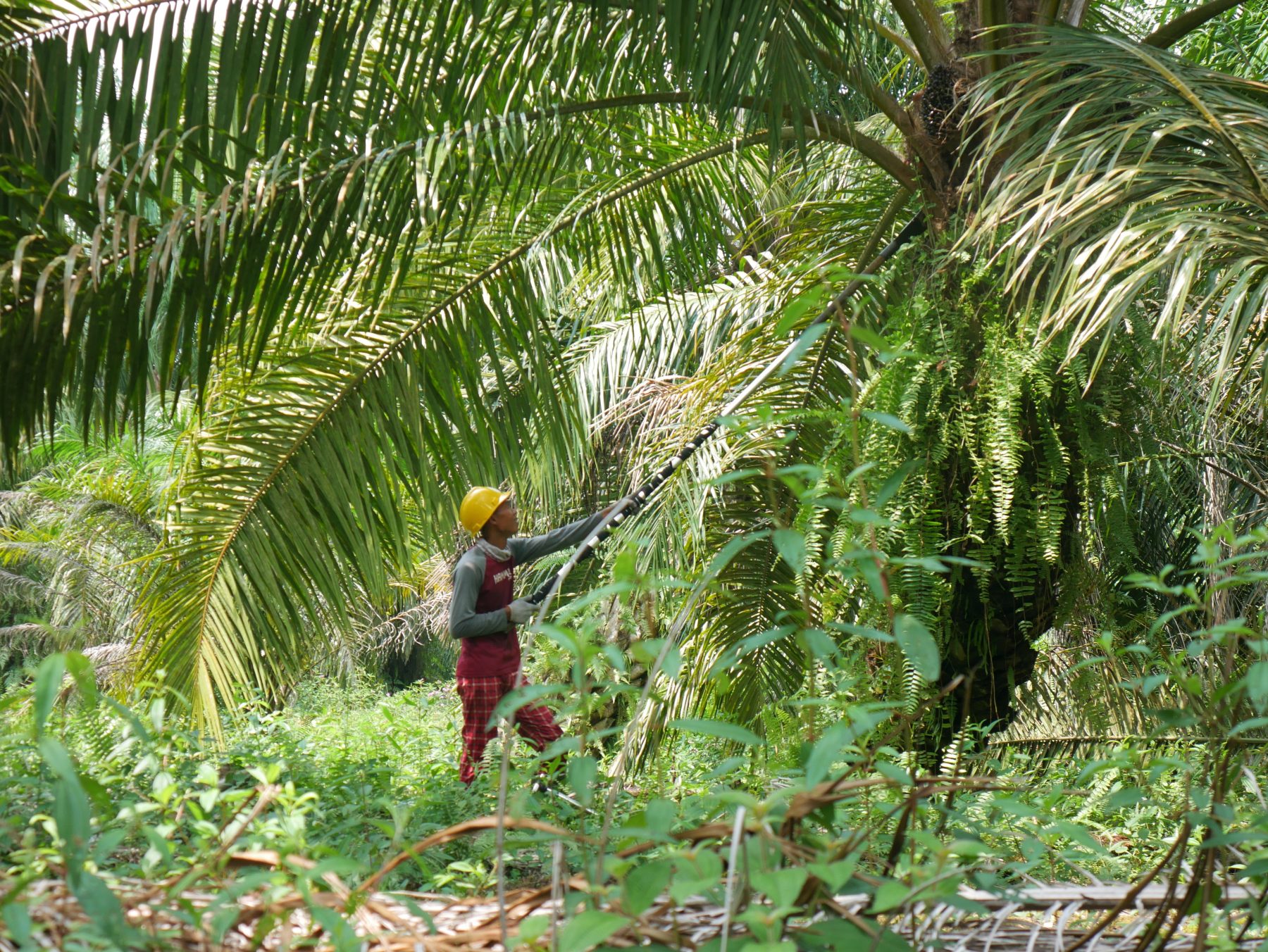
Global Tropical Forest Mitigation and Resilience
Last year, we made a big bet to stop and reverse tropical deforestation by joining the Forests, People, Climate (FPC) donor collaborative, which is tackling the complex ecosystem of markets, policy, and community rights. Stopping tropical deforestation can reduce emissions by up to 15 percent and significantly contribute to getting us on a path to 1.5° Celsius.
Since FPC launched last year, funding has flowed to Indigenous, grassroots, and community-based organizations in the Global South who bring their experiences to conserve and sustainably manage more effectively the land and forests upon which they live and depend. By continuing and expanding practices that conserve water, reduce the risk of wildfires, restore forests, and promote climate-smart agricultural practices, these partners are adapting their environments to be more resilient and improving their livelihoods while contributing to global climate change mitigation.
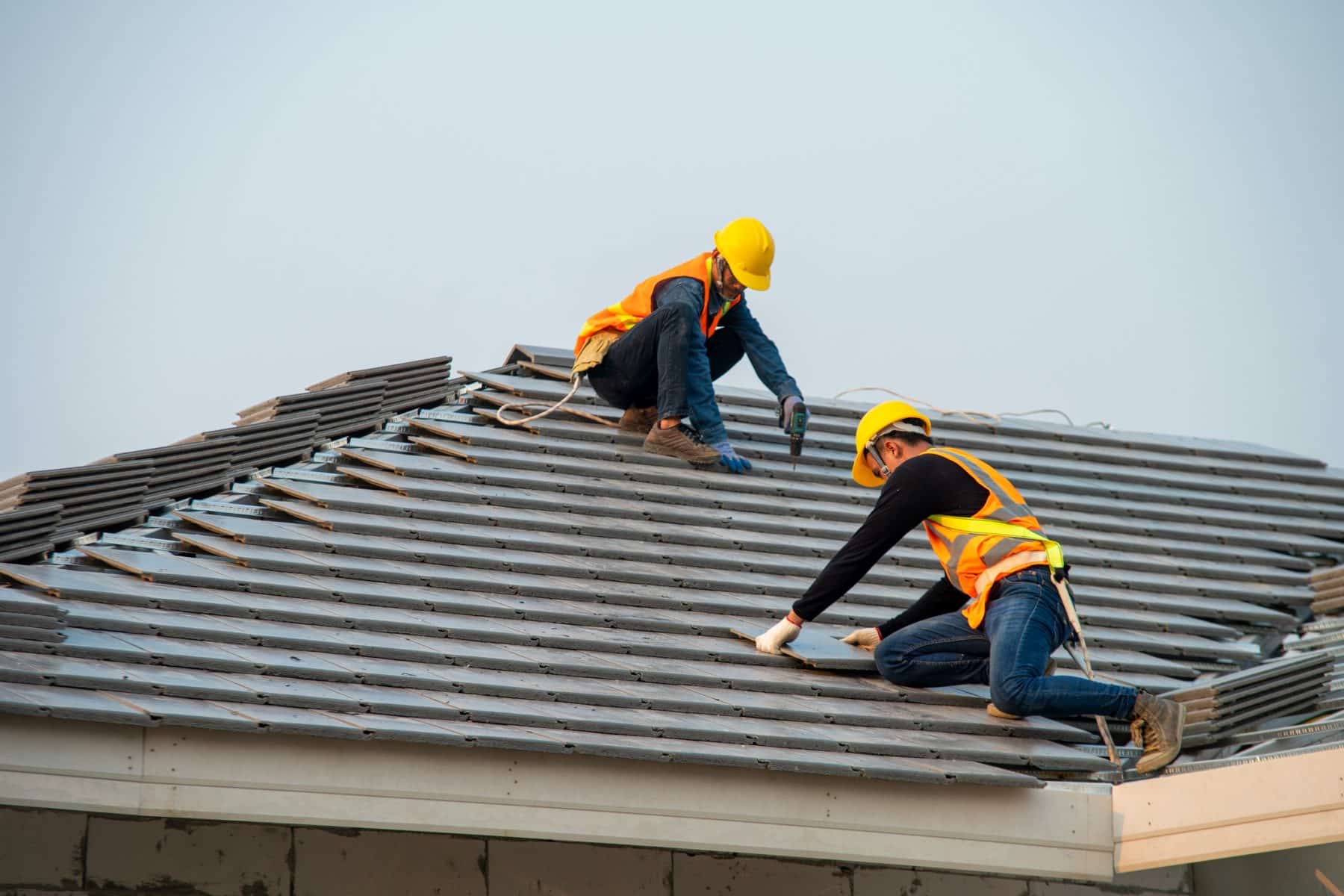
Sustainable Progress in the U.S.
The latest U.S. National Climate Assessment details how climate change is happening in every U.S. state, impacting every part of our lives. With half of our grantmaking based here in the U.S., we frequently hear how climate change threatens to undermine efforts to make and sustain progress across multiple challenges.
The good news is that recent U.S. landmark legislation has made $4 trillion of federal funding available for transformative investments for infrastructure, energy, and climate resilience throughout the U.S. Accessing these funds can be complex and challenging, but the potential to unlock a greener, more resilient future is enormous, especially in communities most vulnerable to the impact of a changing climate. We are committed to helping ensure that these funds are used equitably and effectively.
In New Orleans, which has been battered by increasingly severe weather over the last decade, we are supporting organizations to access federal and state funds to install fortified roofs on affordable housing. The roofs increase energy efficiency, lowering residents’ emissions and utility bills while adapting the homes to be more resilient to extreme weather conditions.
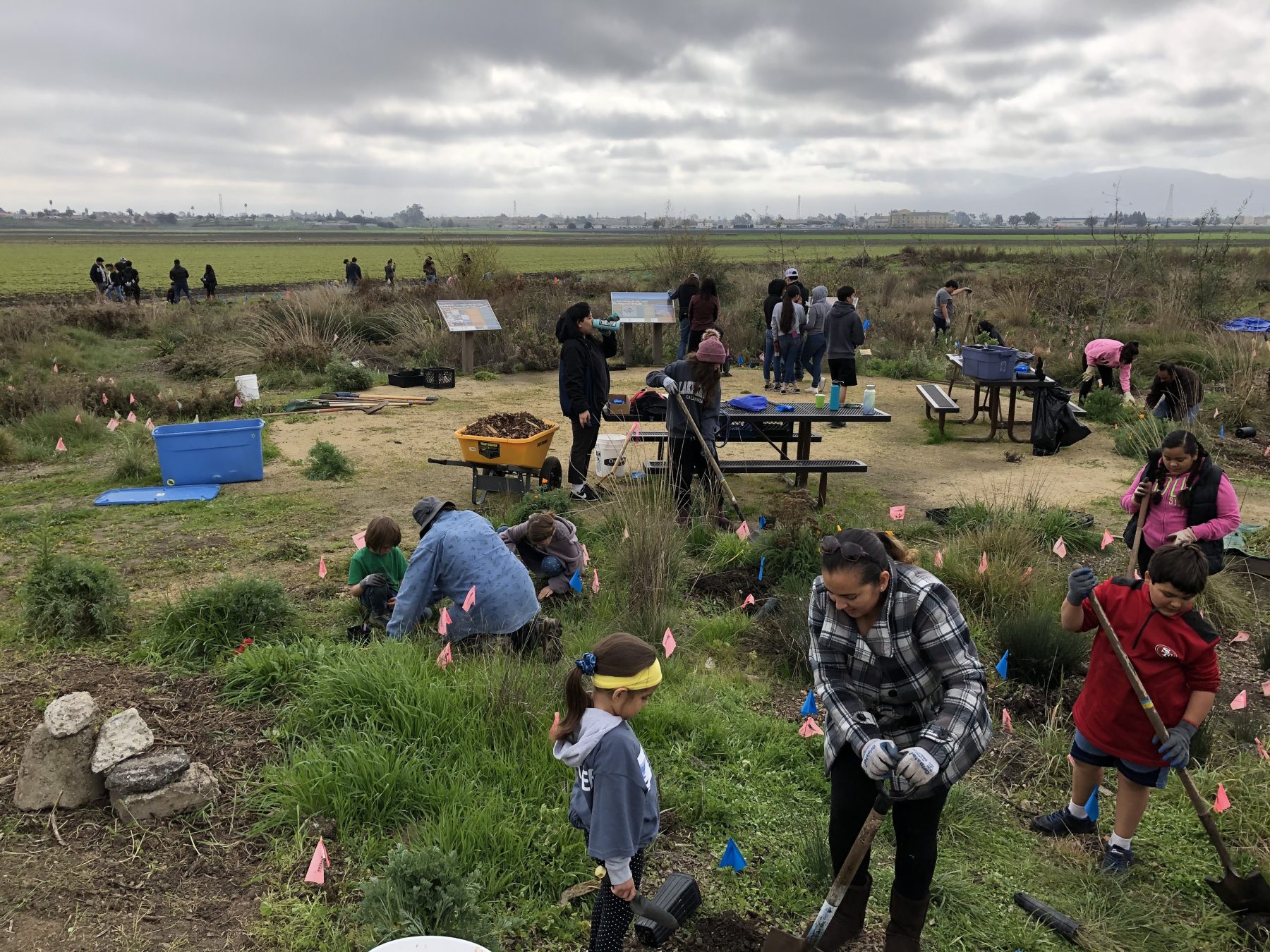
Conservation and Resilience in California
Here in our home state, we have historically contributed to greater resilience by conserving broad swaths of land and coastline. Today, we continue that work by partnering closely with local communities through our new California Communities initiative.
For example, in Salinas – a city with little natural green space – the community rallied to create Carr Lake Public Park. This new 73-acre public space will store carbon in its shallow waters, prevent dangerous flooding through its large floodplain, and bring the people of Salinas much-needed open space for outdoor recreation and enrichment.
Further south, the proposed Chumash Heritage National Marine Sanctuary will be the first tribally led effort of its kind in the United States, with the potential to create a new model for Native American collaborative management on public lands and waters. The proposed sanctuary will protect more than 7,000 square miles of Northern Chumash Tribal Council’s waters along the Central California coast, prohibiting new offshore oil and gas development, regulating pollution, and managing responsible offshore wind development to minimize impacts on cultural values and ocean life.
We see encouraging potential to scale these types of strategies and investments in this urgent sprint to mitigate climate change and enable communities to demand action, innovate solutions, and be resilient in the face of climate impacts.

